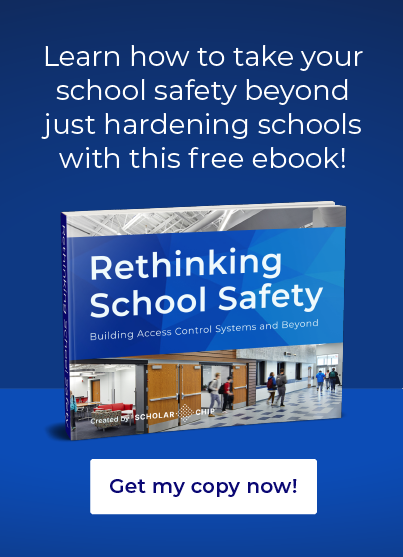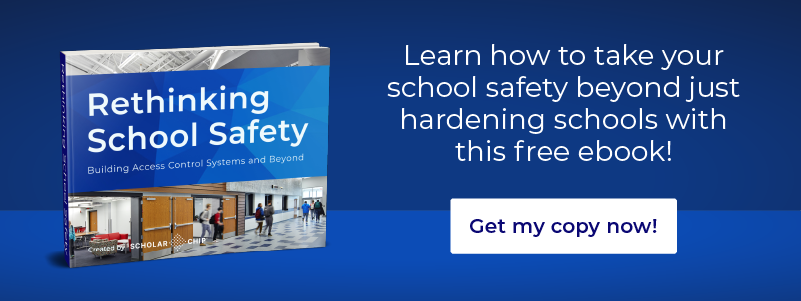In an emergency situation, parents or guardians have the natural impulse to connect with their children. But in an emergency—such as a natural disaster; an issue with the school, like a gas leak; or an active shooter situation—parents calling or rushing to your campus only complicate your emergency response plans and risk student wellbeing.
As such, you need to have a communication plan in place that offers parents peace of mind and clear action steps.
Automatically Reaching Out to Parents and Guardians via Text
Parents and guardians need to receive information regarding student wellbeing immediately after an emergency situation develops. They don’t want to have to wait to have updates, especially at a time when misinformation can spread like wildfire.
Many school districts have an emergency system that lets parents and guardians receive information and updates as soon as they’re available. The Sunnyvale School District, for example, lets parents opt in for emergency notifications directly via text. With this method, parents don’t have to worry that they won’t receive notifications from the school, nor do they have to rush to find out information if an emergency scenario arises.
Connecting with Radio and TV Stations
The best way to control what’s being said about your school emergency is to send that message yourself. Local radio and TV stations may pick up a story about an emergency event and run with it, regardless of if that story is entirely accurate. Instead, control what these media outlets say about the situation by developing relationships. If you make the first contact, then you can control the story, rather than letting the outlets do it.
Furthermore, let parents and guardians know that they can check in about developing situations through these platforms. Derby Public Schools, for instance, tells parents that they can tune into three local TV stations for developing news about emergency situations.
Creating a Social Media Strategy for Immediate Message Delivery
Social media is where lies and misinformation often spread following the report of an emergency. To counteract these kinds of false updates, you should communicate student wellbeing on your own platforms. More specifically, you want to have a plan in place from the start, deciding who will post information and when.
Communicate with parents and guardians beforehand that they should check your district’s social media platforms; otherwise, they may not know that you’ll use this mode of communication in an emergency. Pittsburgh Public Schools, for instance, lets parents know that they’ll be updating social media on a page of their website titled, “Emergency Communications with Families.”
Detailing Plans to Reunite Parents and Children after an Emergency
In order to prevent a chaotic situation during an emergency, parents need to know your procedures for being reunited with their children after the event. Make sure to explain exactly how you plan to communicate with parents during an emergency; otherwise, they may call or rush to the school, which is what you want to avoid.
Let them know that you’ll have a plan in place for reunifying them with their children, either under the guidance of law enforcement or under the school’s direction. You should have a resource that lays out this information—of how parents will be contacted and the procedure of reconnecting with their children—clearly and vividly.
Making Sure Parents Trust You to Communicate Student Wellbeing
Before an emergency situation arises, you need to make sure that parents trust that you’ll deliver accurate information on student wellbeing. To do this, you should send them regular updates about their student’s attendance records, including days that their child was absent, tardy, or left school early.
This attendance-tracking system builds parents’ trust that you know where their students are at all times. This, in turn, lets them know that you’ll both care for their children during an emergency, as well as communicate regularly with them.
This reporting strategy also makes a significant impact on students’ likelihood to cut school. In the Westbury Public Schools, for example, a parent notification system decreased truancy by 80%.
ScholarChip’s student tracking system simplifies communicating students’ whereabouts to parents and guardians. By also connecting to a school ID system, teachers and staff don’t have to spend extra time calling parents; instead, parents will automatically be notified if their child isn’t where they’re supposed to be.
Similarly, ScholarChip’s ScholarConnect portal further streamlines parent communication. The portal lets guardians check in on their students’ attendance, their behavior and misbehavior, and their cafeteria funds. By creating standard procedures for communicating with parents, you assure them that they’ll be kept apprised of every development in an emergency situation.
Conclusion
If parents feel like their student’s wellbeing is endangered, they will rush to campus or jam your phone lines. However, this kind of interference can hinder your emergency operations. Instead, before an emergency event, it’s essential to establish clear and consistent communication that establishes parents’ trust in your district’s ability to handle crises.
To learn how ScholarChip can help keep your schools safer and more secure, learn more about the many solutions ScholarChip provides, or get free recommendations, feel free to chat with one of our specialists today!


